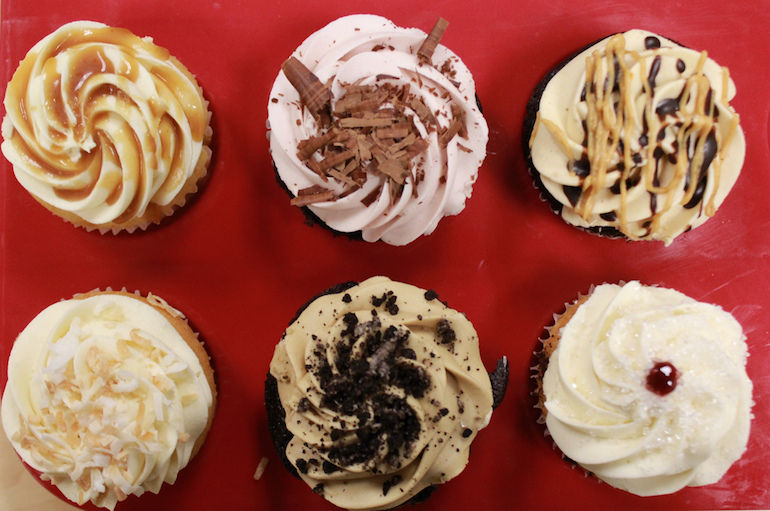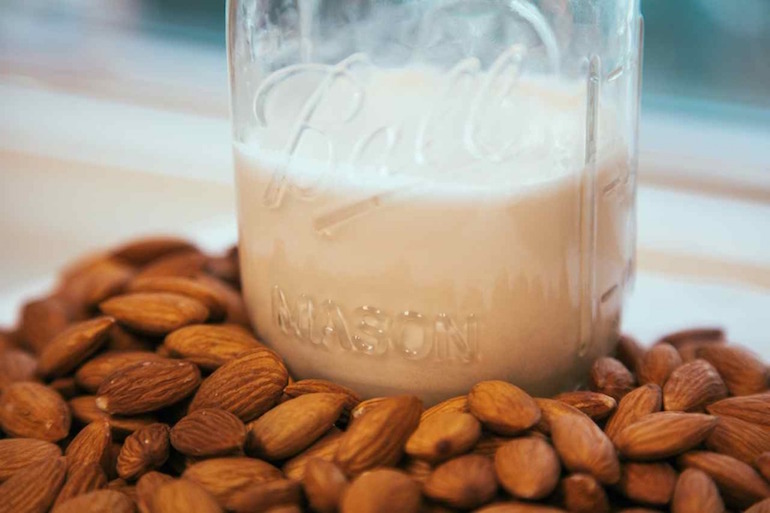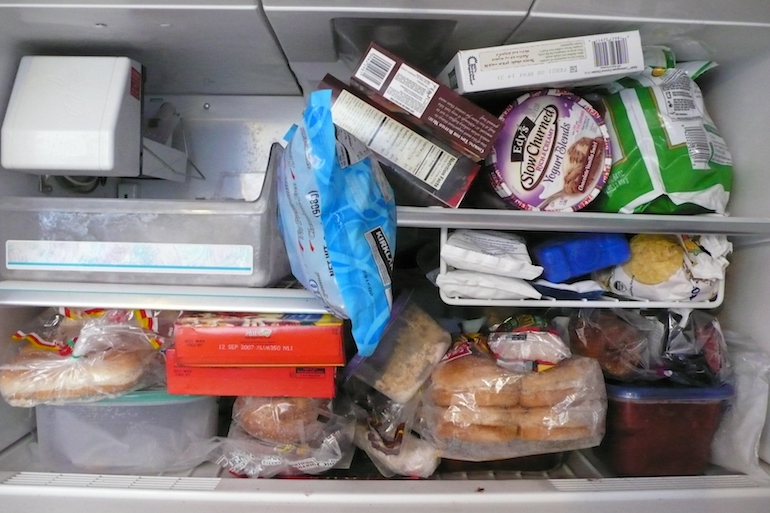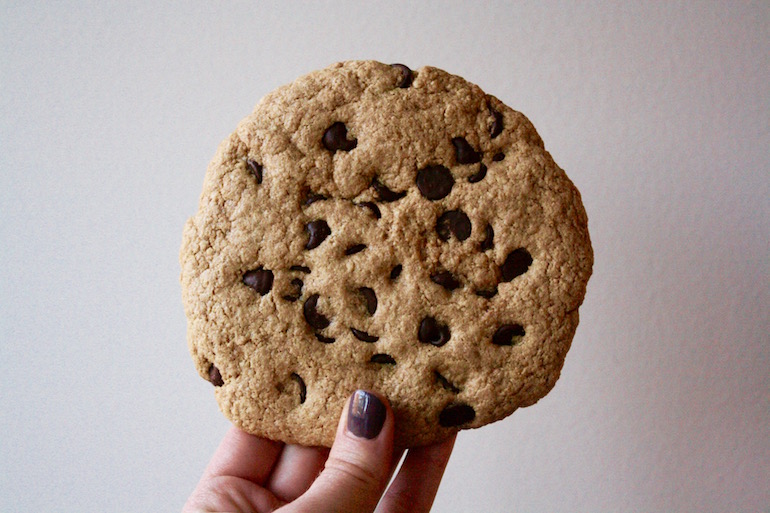As someone with quite a few vegan friends, I do my best to bake some goodies that everyone at a party can enjoy. Unfortunately for everyone involved, my vegan baking skills are pretty terrible. Even if I follow a recipe, my vegan desserts are usually too dry or just fall apart.
To help prevent future baking disasters, I called my cousin Heather, owner and mastermind behind Lucky Lemon Bakery. This vegan bakery in Indiana churns out some of the tastiest baked goods I’ve ever had. With Heather’s help, I’ve compiled some useful tips to keep in mind when trying your hand at vegan baking.
Always use the best ingredients

Photo by Sharon Cho
Sometimes the simplest tips are the most effective. The cheapest butter alternative at the grocery store might be cost-effective, but it also might have a stronger flavor or be poorer quality. Better quality ingredients make for better baked goods, simple as that. To figure out which ingredients you prefer, you will have to experiment a little in the kitchen.
Know your dairy-free milks

Photo by Yonatan Soler
As it turns out, not all dairy-free milk is created equal. While rice milk is super tasty, it’s not the greatest for recipes that call for buttermilk (in vegan terms: vinegar mixed with your milk alternative of choice). Rice milk doesn’t curdle well, which will prevent your baked goods from sticking together. For a buttermilk-like effect, she suggests cashew, coconut, almond, or soy milk.
#SpoonTip: Coconut milk is great when baking for a crowd because it lets people with nut or soy allergies enjoy your yummy treats as well.
Your freezer is your BFF

Photo courtesy of Chip Harlan on Flickr
Recipes that call for cold butter can be a challenge when making vegan treats because butter alternatives are usually soft and spreadable. When making a pie crust or biscuits, freeze your butter alternative for at least an hour, then cut it into your flour mixture with a pastry blender or a fork. This will create buttery air pockets and gives you the same results as regular butter.
#SpoonTip: If you prefer incorporating the butter alternative into the flour with your hands, be sure to run your hands under cold water so your body heat doesn’t melt it.
Use complimentary ingredients

Photo by Claire Waggoner
Fun fact: Unrefined coconut oil tastes like coconut, meaning you should use coconut oil as a butter substitute only if the rest of your ingredients taste good with coconut. Similarly, egg substitutes like applesauce, bananas, or silken tofu should be used according to the ingredients in the rest of your recipe.
Be willing to experiment

Photo by Meredith Ross
Baking is a science, and vegan baked goods pose quite the challenge at times. At the end of the day, you need to approach it with an open mind. Not every recipe is going to turn out perfectly, but with time and practice, you’re sure to discover some killer recipes. If you’re overwhelmed, don’t be afraid to search the internet for additional vegan baking tips.
#SpoonTip: If you’re new to vegan baking, try making cookies first; the ingredients are less expensive and they’re more forgiving in the oven.


